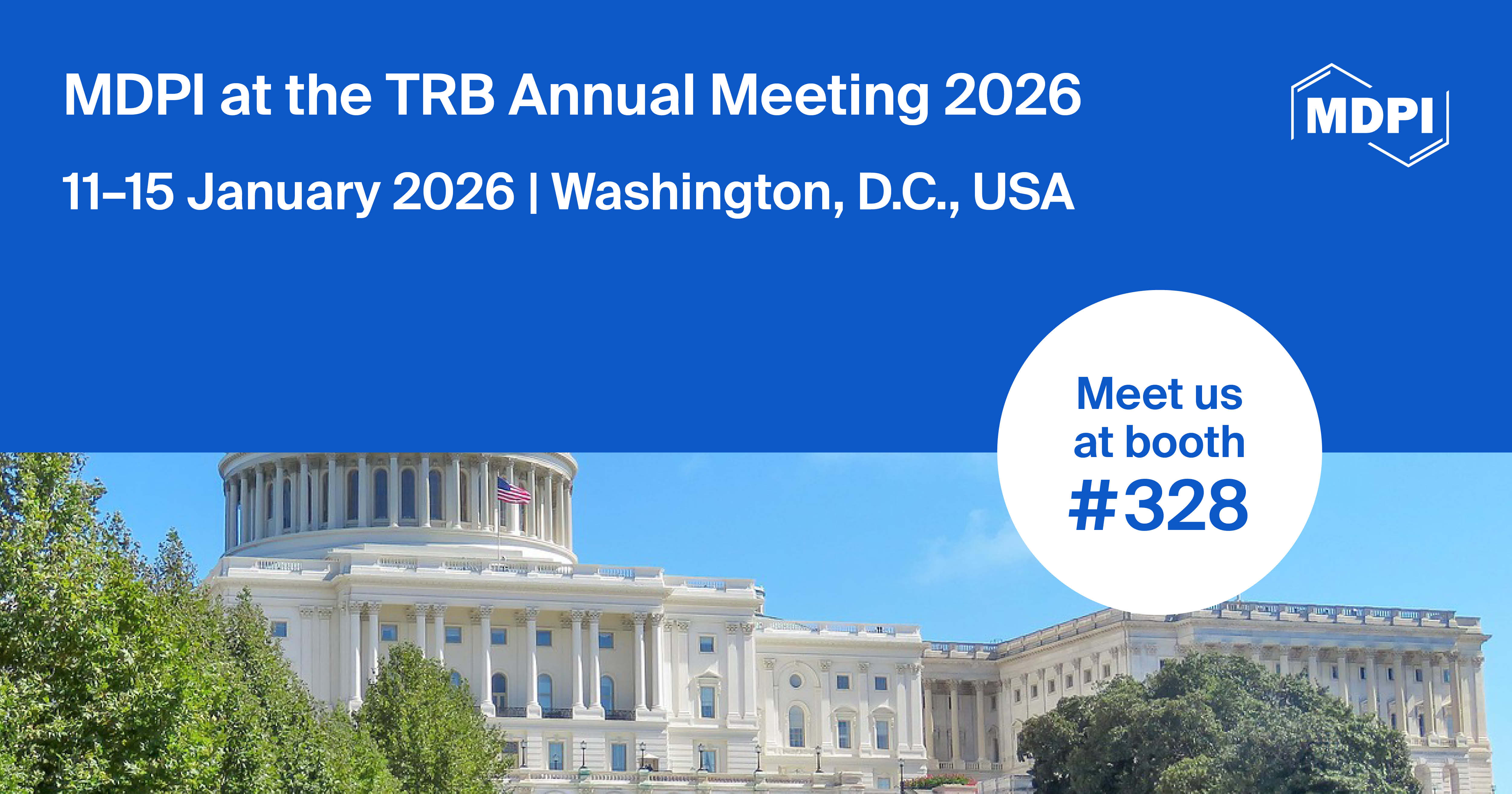This study critically examines the technological feasibility, regulatory challenges, and societal acceptance of Pilotless Passenger Aircraft (PPAs) in commercial aviation. A mixed-methods design integrated quantitative passenger surveys (n = 312) and qualitative pilot interviews (n = 15), analyzed using SPSS and NVivo to
[...] Read more.
This study critically examines the technological feasibility, regulatory challenges, and societal acceptance of Pilotless Passenger Aircraft (PPAs) in commercial aviation. A mixed-methods design integrated quantitative passenger surveys (n = 312) and qualitative pilot interviews (n = 15), analyzed using SPSS and NVivo to capture both statistical and thematic perspectives. Results show moderate public awareness (58%) but limited willingness to fly (23%), driven by safety (72%), cybersecurity (64%), and human judgement (60%) concerns. Among pilots, 93% agreed automation improves safety, yet 80% opposed removing human pilots entirely, underscoring reliance on human adaptability in emergencies. Both groups identified regulatory assurance, demonstrable reliability, and human oversight as prerequisites for acceptance. Technologically, this paper synthesizes advances in AI-driven flight management, multi-sensor navigation, and high-integrity control systems, including Airbus’s ATTOL and NASA’s ICAROUS, demonstrating that pilotless flight is technically viable but has yet to achieve the airline-grade reliability target of 10
−9 failures per flight hour. Regulatory analysis of FAA, EASA, and ICAO frameworks reveals maturing but fragmented approaches to certifying learning-enabled systems. Ethical and economic evaluations indicate unresolved accountability, job displacement, and liability issues, with potential 10–15% operational cost savings offset by certification, cybersecurity, and infrastructure expenditures. Integrated findings confirm that PPAs represent a socio-technical challenge rather than a purely engineering problem. This study recommends a phased implementation roadmap: (1) initial deployment in cargo and low-risk missions to accumulate safety data; (2) hybrid human–AI flight models combining automation with continuous human supervision; and (3) harmonized international certification standards enabling eventual passenger operations. Policy implications emphasize explainable-AI integration, workforce reskilling, and transparent public engagement to bridge the trust gap. This study concludes that pilotless aviation will not eliminate the human element but redefine it, achieving autonomy through partnership between human judgement and machine precision to sustain aviation’s uncompromising safety culture.
Full article

































